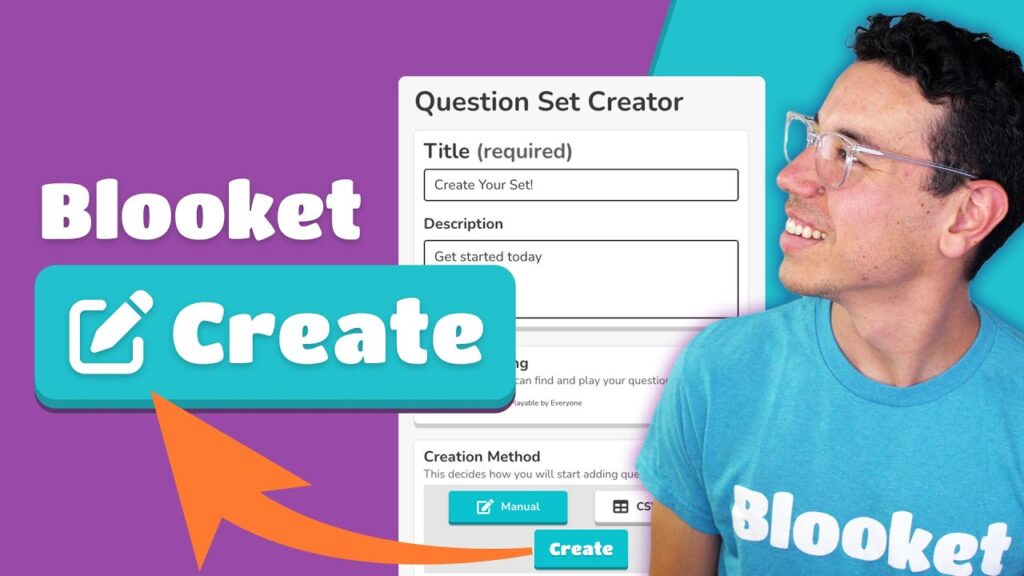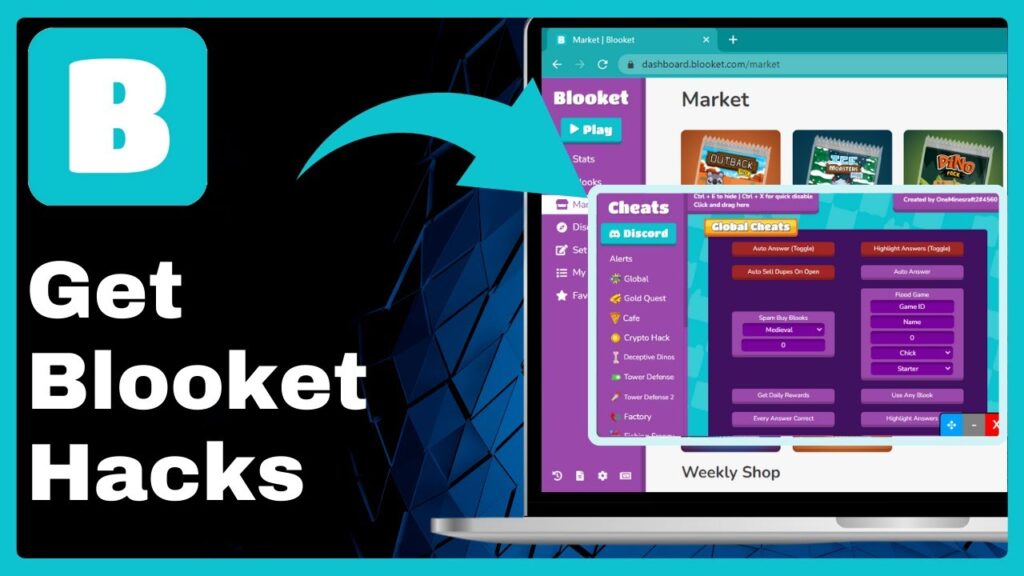Blooket has become a favorite platform for teachers and students. It blends fun with learning, making classrooms more interactive. To get the best results, you must know how to create the perfect Blooket game.
Prior to developing a game, ascertain your target audience.
Finding out who will play your game is the first step. Are they adults, high school students, or primary schoolers? Selecting appropriate themes and question levels requires an understanding of your audience. The game becomes more fascinating when it is customized for your participants.
Choose the Right Game Mode
Blooket has several modes, such as Gold Quest, Tower Defense, and Café. Each mode adds a different twist, so choose the one that best suits your lesson’s objectives. For instance, Tower Defense is good for team competition, while Gold Quest is great for quick review sessions. The right mode boosts focus and excitement.
Craft Clear and Engaging Questions
Strong questions are the heart of a perfect Blooket game. Write questions that are clear, short, and precise. Avoid tricky wording that confuses students. Add fun facts or real-world examples to keep learners interested. Always double-check spelling and grammar. Quality questions improve both learning and enjoyment.
Utilize Graphics to Enhance the Game’s Appeal
Including pictures or symbols enhances the visual attractiveness of your Blooket game. Students connect with the material more quickly when it is visually presented. Make use of images related to the topics of the questions. For instance, use a picture of a historical person in history games. Simple graphics improve recall and give the game a dynamic feel.
Maintain Game Balance
Strike a balance between challenge and motivation. Mix questions that are easy, medium, and hard. Start with the easier ones to develop confidence. To push students further, progressively introduce more difficult questions. A well-balanced game keeps players’ energy levels high and avoids frustration.
Incorporate Strategy and Rewards
Blooket thrives on entertaining mechanics like power-ups, coins, and points. These elements keep players motivated, promote healthy competition by rewarding speed and accuracy, and entice students to play again.
Test the Game Before Hosting
Always test your Blooket game before introducing it to the class. You can play it with a small group or by yourself to identify any bugs or unclear questions. A well-designed game makes the experience more seamless for everyone.
Promote Engagement and Communication
Encourage participants to participate fully during the game. Pose queries, applaud accurate responses, and acknowledge hard work. The effectiveness of the game depends on player engagement. A straightforward test becomes an unforgettable educational experience when students actively participate.
Evaluate the outcomes and make improvements
Check the results after the game is over. Take a look at the questions that players found difficult. Make better games in the future by using that info. You may make sure your next Blooket is even better by reviewing performance. Learning turns into a positive feedback loop.
Final Thoughts
Planning and imagination are necessary to create the ideal Blooket game. Know your audience first. Next, create interesting questions, pick the appropriate setting, and strike a balance between difficulty. Always test, evaluate, and improve. Your Blooket games will become both entertaining and instructive with practice.



